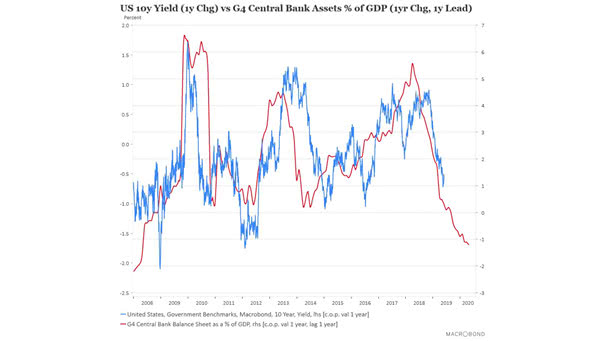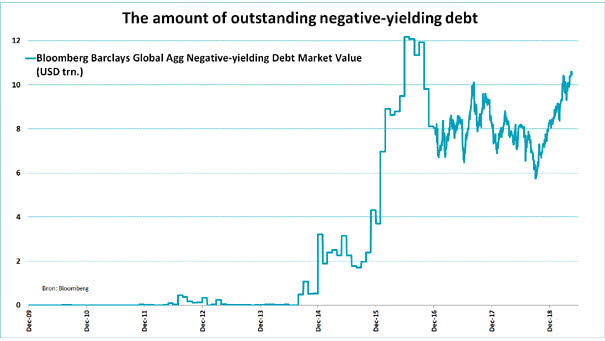Can The U.S. 10-Year Treasury Yield Fall Further?
Can The U.S. 10-Year Treasury Yield Fall Further? Well, according to this chart, the U.S. 10-year treasury yield could fall further. The chart suggests that G4 central bank assets as percentage of GDP (1-year change) lead U.S. 10-year Treasury yield (1-year change) by one year. Image: Macrobond


